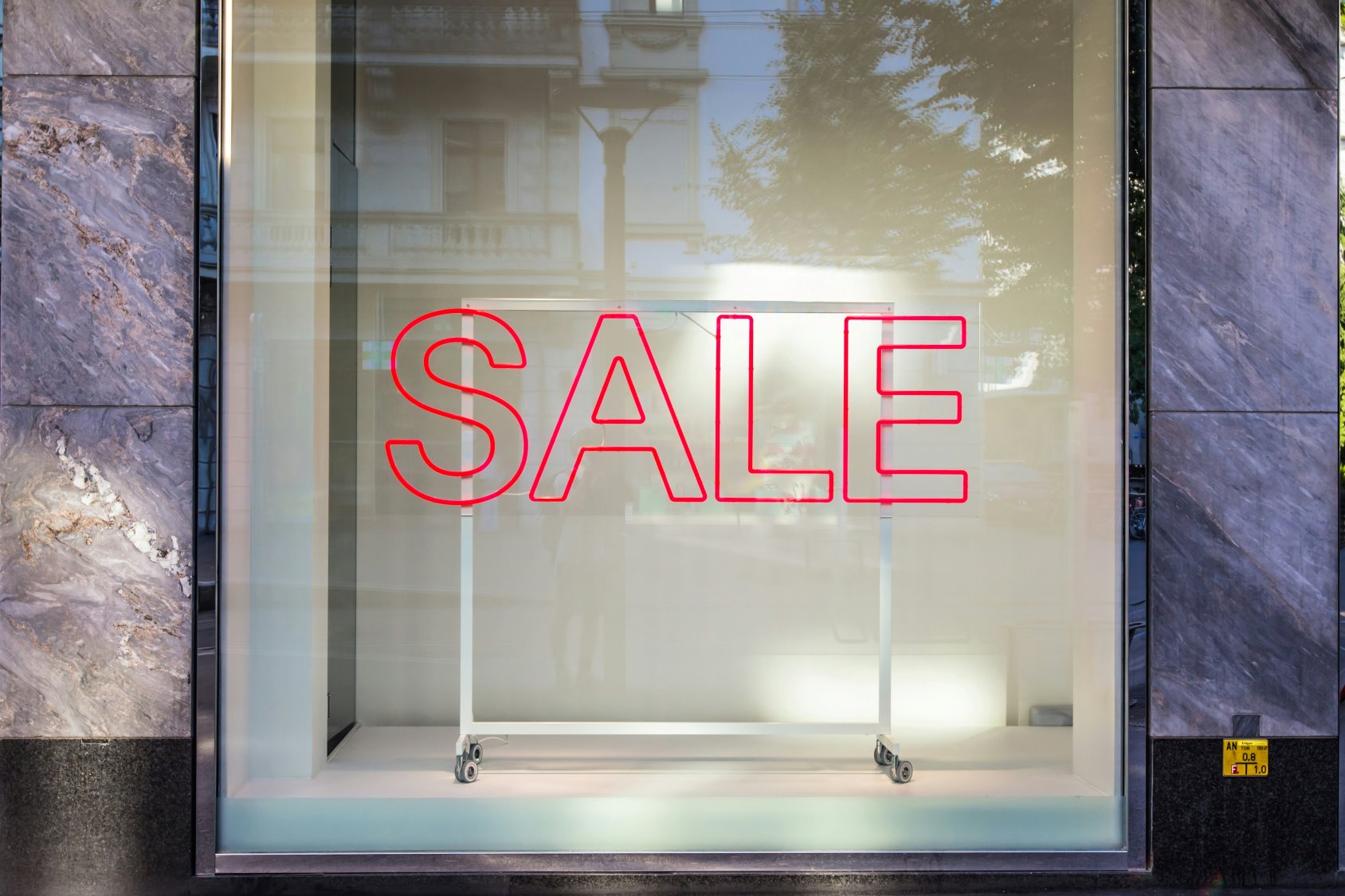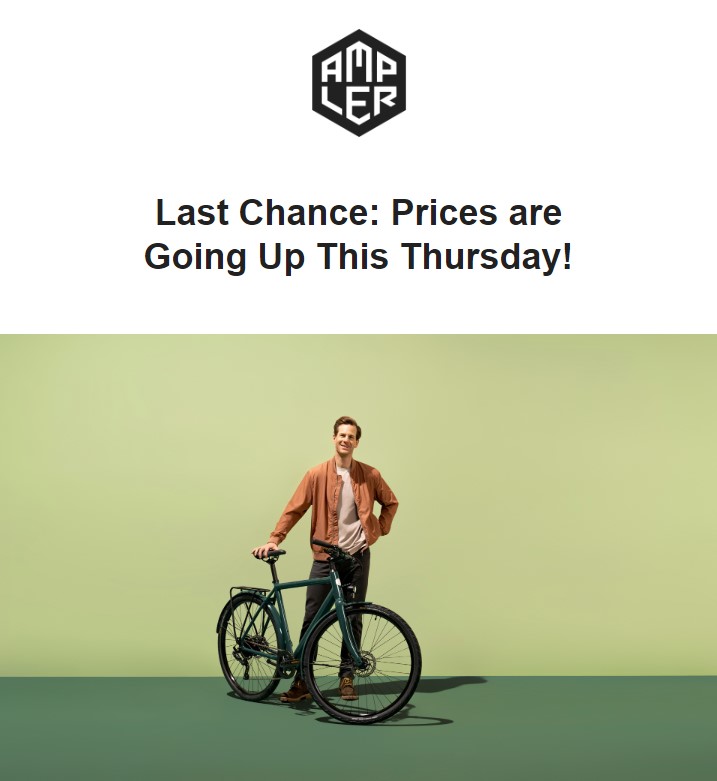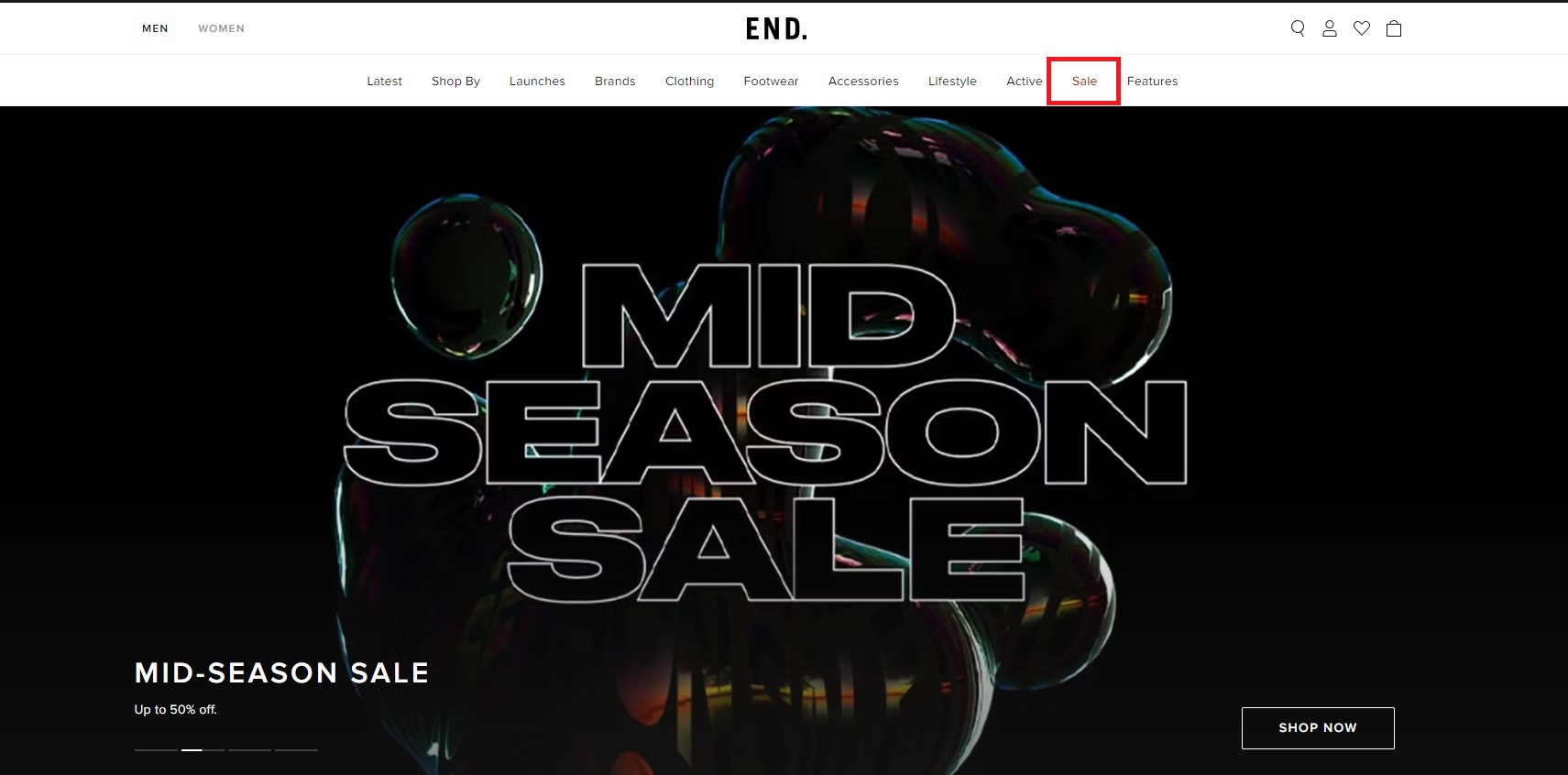
People love sales, and if executed properly, they can be a powerful tool. Most online stores have run sales campaigns, but it’s rare to see them done right, often not achieving the results they could. The goal of a sale might be to generate more revenue, increase profit, or just to get the first orders in. For a new online store, the objective of discounts might just be to get those first orders—to give visitors an extra nudge to make a purchase. In this case, it might make sense not to profit from the sale. But, if you’re going after profit, ensure your prices are set so you can afford the discount. So, here’s what to keep in mind when running a regular sales campaign in your store:
- Choose what to discount: Decide whether the sale will be for a specific category, brand, product, or across all products. However, avoid defaulting to a storewide sale. Experience shows that targeting a sale towards specific categories or brands often yields better results. For instance, a store partnering with Hertwill and less than a year old ran a 20% discount campaign exclusively for Samelin shoes and achieved sales of almost €6,000 in two weeks, whereas their total sales for Samelin were previously under €500.
- Bigger is often better when it comes to discounts. Discounts smaller than 10% tend to be ineffective (something to consider if your 5-10% off pop-up for collecting emails isn’t performing well). Generally, offering a minimum of 15% to 20% discount is recommended, though this should align with your profit margins. For lower-priced items, emphasizing the discount percentage (e.g., ‘All wallets are 25% off’) can be more impactful. In contrast, for higher-priced items where the discount percentage is small but the actual savings are significant, highlighting the absolute discount might be more appealing. For instance, advertising a 10% discount on €350 leather briefcases as a €35 savings could be more enticing. As a rule of thumb: opt for showcasing the bigger number. If you have products with varying discounts, such as some at 50% off and others at 15% off, advertise using messages that state, ‘Items are up to 50% off.
- If you’re unable to offer discounts due to low margins, you might consider running a price increase campaign instead. This is something we once implemented at our own test-store, Saapavabrik—launching a campaign to inform customers about price increase. We created ads and social media posts to explain how and why prices would be increasing soon. You can adopt this approach and potentially follow it up with a discount campaign later. For example, the Estonian electric bike company Ampler Bikes recently ran a similar campaign, announcing that starting from date x, selected models would become xxx euros more expensive. So such campaigns could also be effective if you’re establishing a premium store or brand and prefer not to offer discounts too frequently.

- If you’re unable to offer discounts due to low margins, you might consider running a price increase campaign instead. This is something we once implemented at our own test-store, Saapavabrik—launching a campaign to inform customers about price increase. We created ads and social media posts to explain how and why prices would be increasing soon. You can adopt this approach and potentially follow it up with a discount campaign later. For example, the Estonian electric bike company Ampler Bikes recently ran a similar campaign, announcing that starting from date x, selected models would become xxx euros more expensive. So such campaigns could also be effective if you’re establishing a premium store or brand and prefer not to offer discounts too frequently.
- Emphasizing limited time is crucial during a sale. You have two compelling messages to promote: the allure of lower prices and discounts, and the urgency that these offers are time-limited and will soon end. Often, merchants emphasize the sale but fail to incorporate a sense of urgency in their campaign messages. Additionally, a campaign shouldn’t be too prolonged—the longer it lasts, the less effective it tends to be due to diminished fear of missing out. For small online stores, it’s usually more beneficial to run shorter sales more frequently rather than a few extended ones.
- Highlight the time pressure across all promotional channels, including within your store and ads. For instance, if you’re running a Facebook campaign for a sale, specify that the offer is valid only for a few days, rather than vaguely announcing a sale.
- On the last day and the day before, intensify messages in ads, on your website, in newsletters, and elsewhere, reminding customers that the campaign ends at midnight. In essence, leverage FOMO to its fullest extent to drive urgency and action.

Rahva Raamat, the Estonian book retailer, highlights the final day of their two-week sales campaign in their newsletter.
- Push your sales campaign. Ensure the campaign is reflected not only in ad texts but also through visuals and banners. Consider these channels, starting with your strengths or those already well-developed:
- Organic Social Media: Whether it’s Facebook, Instagram, or TikTok, don’t hesitate to post about the sale more frequently than usual.
- Facebook Ads: Utilize conversion ads. On the campaign’s final day, incorporate ‘last day/last chance’ messages, ensuring you continue with the existing campaign and ad set to avoid starting from scratch. Alongside regular sale banners, emphasize top sale products—for instance, using the carousel ad format to showcase the top 10 products on sale. If your product catalog is integrated with Facebook, take advantage of this by displaying sale banners and sale prices in catalog ads. Implement remarketing to engage visitors from the past 60-120 days. For more strategies and tips, be sure to check our Facebook ads guide.
- Google Ads: Focus on sales objectives. For the last day, emphasize ‘last day/last chance’ messages and ensure display placements highlight discounts and visuals. Consult our Google ads guide for additional insights.
- Newsletter: Leverage your mailing list to promote the campaign, especially on the first and last day. Highlight the campaign’s bestsellers.
- Other Channels: Don’t overlook the power of TikTok ads, browser pushes, collaborations with influencers, or any other channels you have at your disposal.
- Push the campaign aggressively within your store. While many merchants excel at promoting sales through external ads and other channels, they often forget to mirror this effort inside their online store leading to a higher bounce rate. The aim is to ensure consistency between what you communicate outside your store and what users experience inside it. The objective is also to ensure that anyone visiting your site is immediately aware of the campaign, regardless of how they arrived. However, be careful not to overwhelm your visitors. Consider these key spots for campaign visibility on your website:
- Landing Page: Make sure the landing page, where you direct traffic from your ads and other channels, clearly displays campaign information. For example, if you’re running a sales campaign for earrings and directing users to the earrings category page, that page should reflect the sale.
- Product Pages: Each product page should reflect the ongoing discount campaign.

- Popups: Use popups to highlight the sale, but avoid displaying them on cart and checkout pages to prevent disruption.
- Top Bar/Text Banner: A simple yet effective way to communicate the campaign.
- Front Page: Utilize banners, sliders, or cover photos to reflect the campaign theme. If you feature products on your homepage, ensure discounted items are visible.
- Sales Page: Consider creating a separate, permanent section for discounted items, easily accessible from the main menu.
- Chat Popups: Though it’s worth being cautious here, a live chat solution with an automated message about the campaign might be effective.
- If feasible, adding a sales filter to your catalog can significantly enhance the shopping experience by allowing users to easily view all discounted products.

End Clothing front page during a sale. Also, you can see Sale on the main menu.
- Midway through the campaign, consider adding more products to the campaign and announcing this update on your web, social media, through ads, and in your newsletter. Many retailers use this strategy to re-engage customers and encourage repeat visits.
- Messages should be clear, both in text and visuals. Also, if you’re having a limited-time sale, make sure to communicate that it’s a limited-time offer. Below are some examples of effective copy we’ve observed:
- ‘All boots are 20% off. Offer is valid only until XX/XX.’
- ‘Our first sale ever. All bags are off until the end of the month.’
- ‘Our bestsellers are 15% off. Quantities are limited. Act fast.’
- ‘Our 5-star rated boots made in Europe are 20% off. Only until midnight tomorrow.’
- ‘Only until midnight today, all jewelry is 20% off.
- ‘We’re having a sale you don’t want to miss.’
- ‘Last chance. All bags are 25% off until tomorrow midnight.’

Effective Facebook ad visual from the sales campaign of one of our partners.
In general, also keep in mind that sales campaigns won’t be effective if the products you offer are crap or if your website isn’t appealing and trustworthy. Also, bear in mind the EU Price Indication Directive, which includes the requirement to display the lowest price of the last 30 days. Good luck with your sales campaign!
I love your articles and emails. I’m just starting in dropshipping and love to see your emails in my inbox. Always a rich and balanced content. Thank you very much!